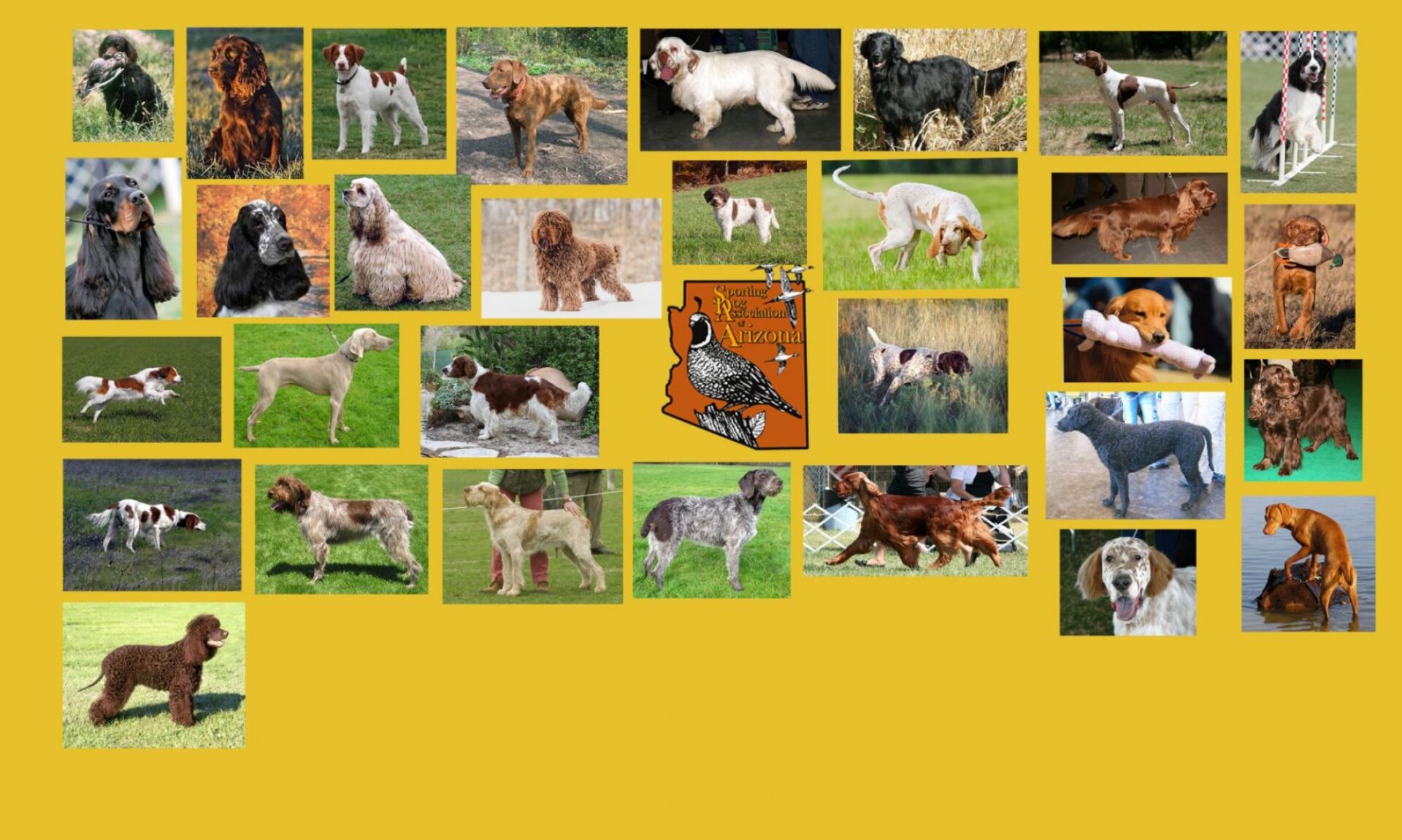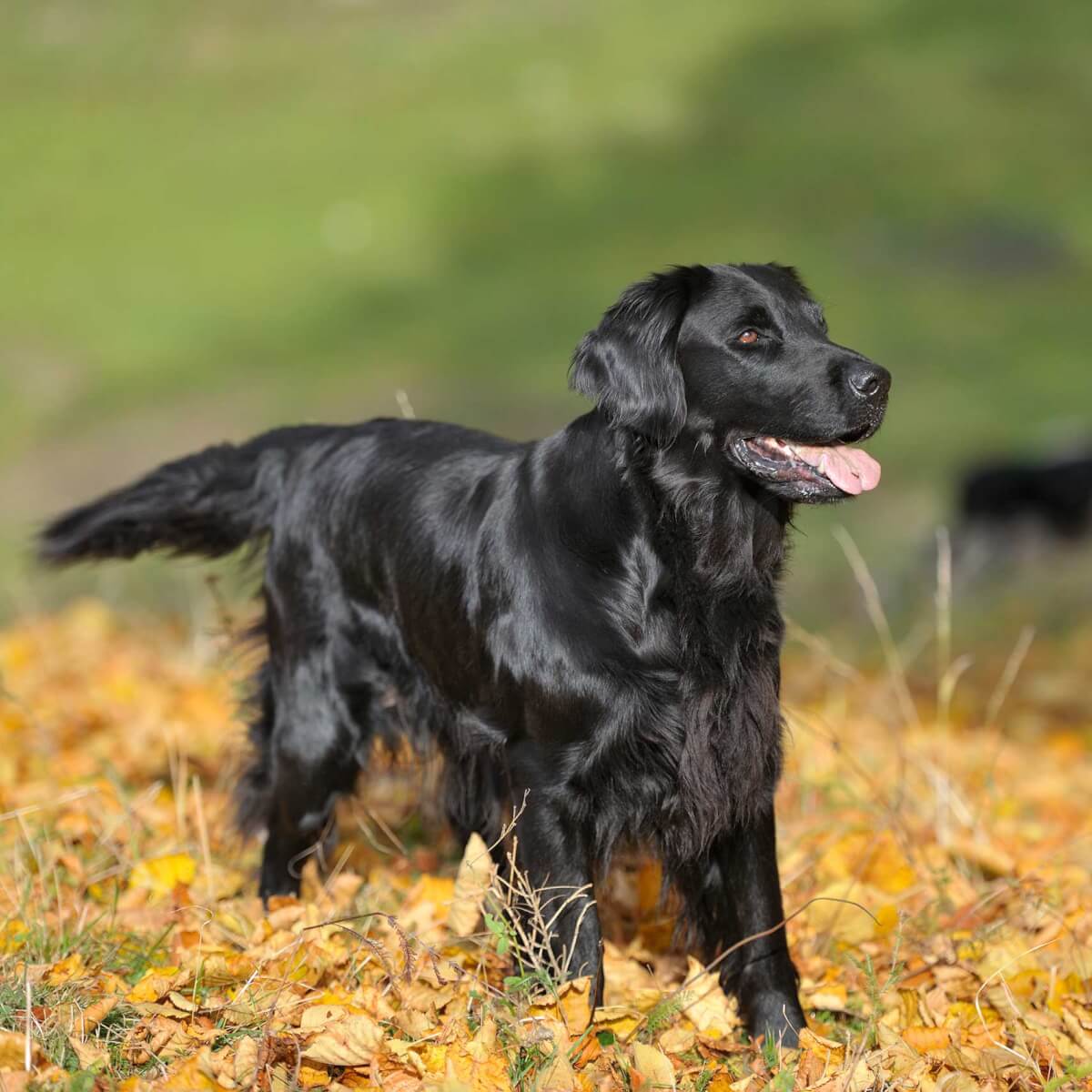For more information about this breed contact the Flat-Coated Retriever Society of America, Inc. at www.fcrsainc.org
The following information comes from the American Kennel Club.
Although his tail never stops wagging, the Flat-Coated Retriever is suited for hard work. Originally bred to flush and retrieve both upland game and waterfowl, he transfers his determination, desire and verve on the hunting field to everyday life, enthusiastically participating in family activities and in the show, obedience and agility rings. Slightly racier and more moderate in bone than other retriever breeds, the Flat-Coat has a solid black or liver-colored coat that protects him from the elements and lies straight and flat.
A Look Back
The Flat-Coat’s ancestry includes the “Retriever Proper,” a cross-breed emerging from the Large Newfoundland, setter, sheepdog, and spaniel-like water dogs. These retrievers were invaluable to fishermen and often traded between Britain and North America, where they became known as generic “Labrador” dogs. Eventually, a breed known as the Wavy-Coated (subsequently Flat-Coated) Retriever appeared and became distinct to these “Labrador” dogs.
Right Breed for You?
Described by all who meet him as cheerful, optimistic and good-humored, the Flat-Coat excels as a family companion. He requires regular vigorous exercise, however, due to his working heritage. Dog sports such as obedience, agility and hunt tests provide both mental and physical exercise. Among Sporting breeds, the Flat-Coat is easy to maintain, needing only occasional brushing and bathing.
If you are considering purchasing a Flat-Coated Retriever puppy, learn more here.
- Sporting Group; AKC recognized in 1915.
- Ideal size: 22 to 24½ inches tall at the shoulder.
- Hunting dog.
© The American Kennel Club, Inc.

